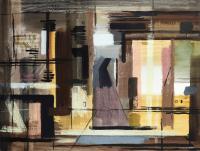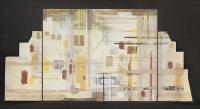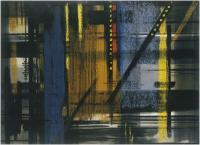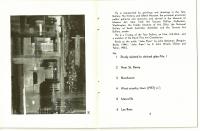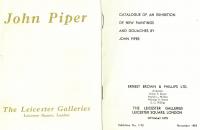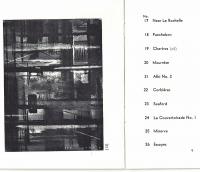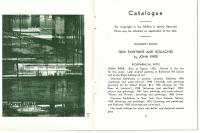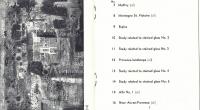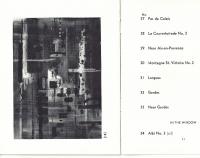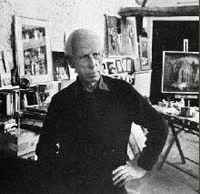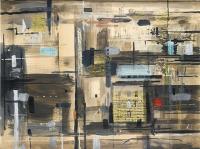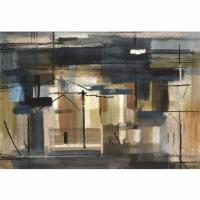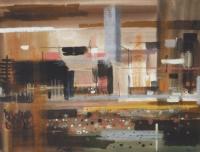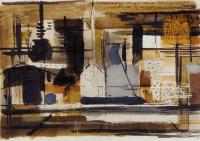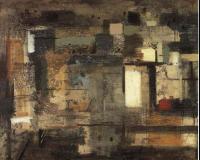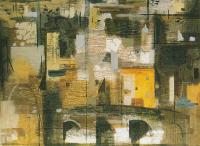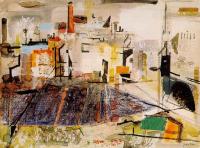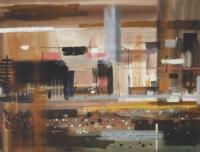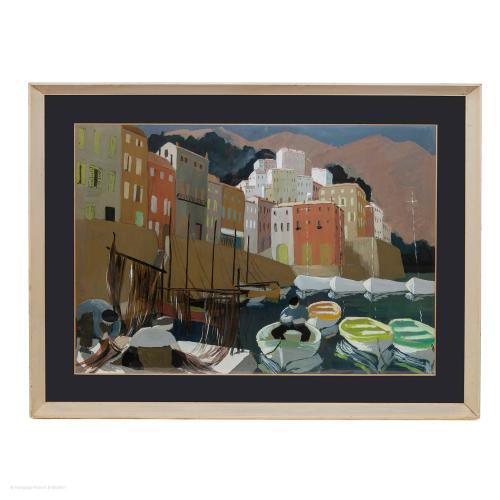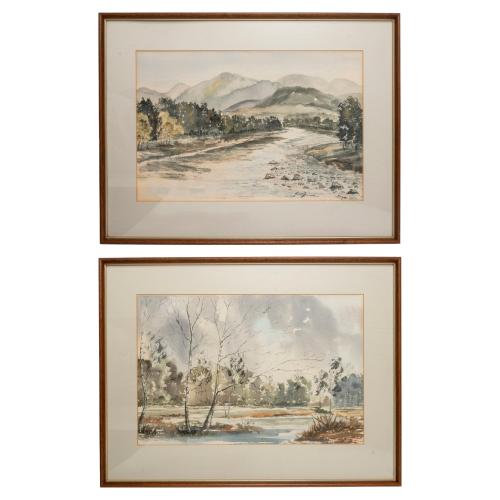
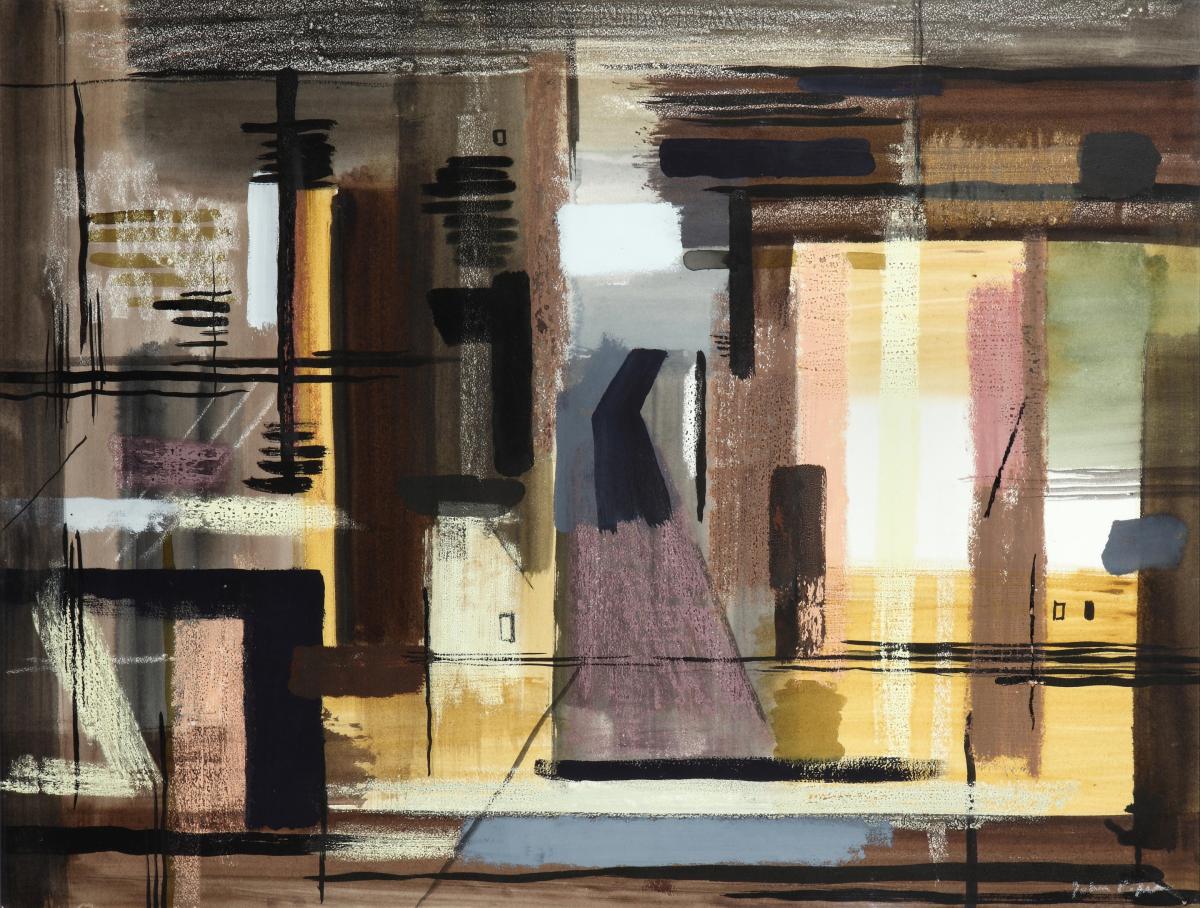
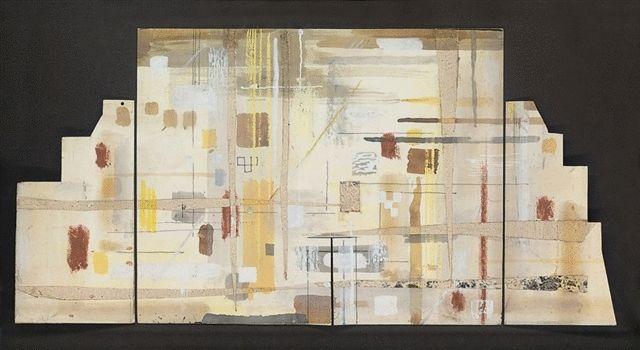
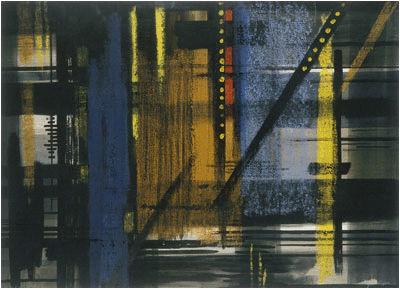
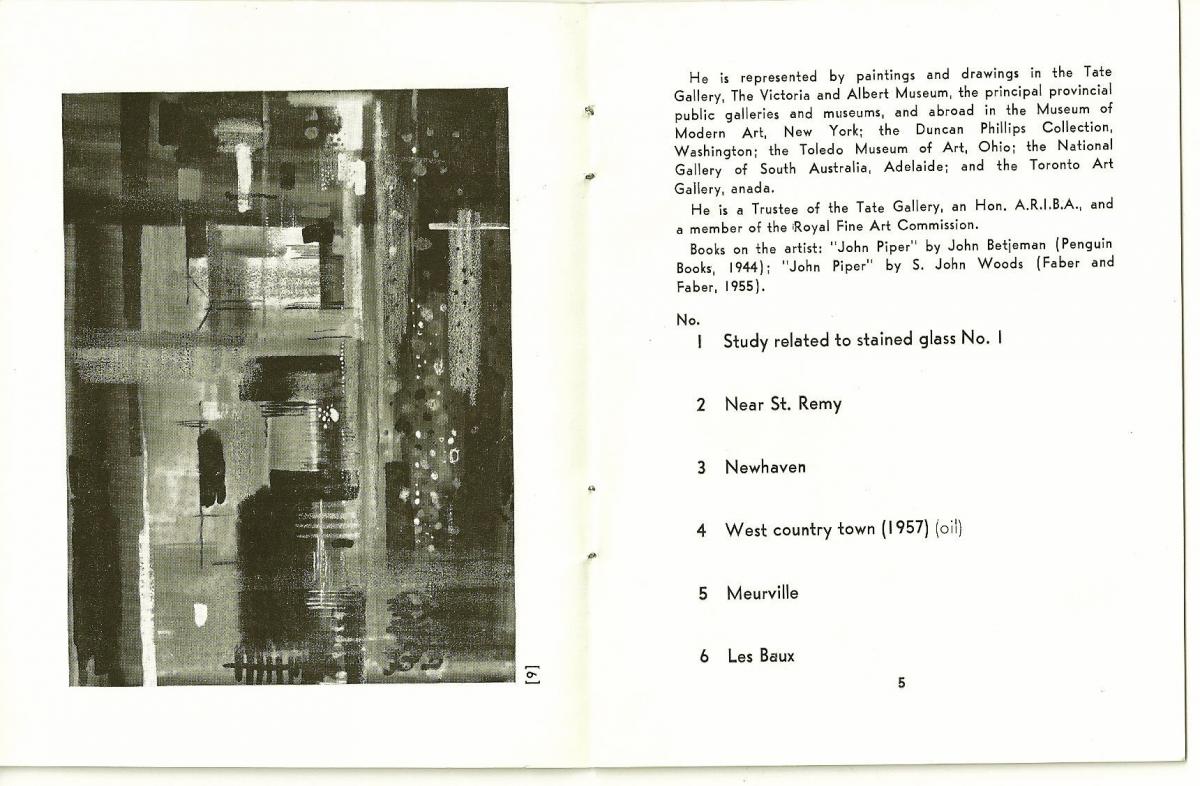
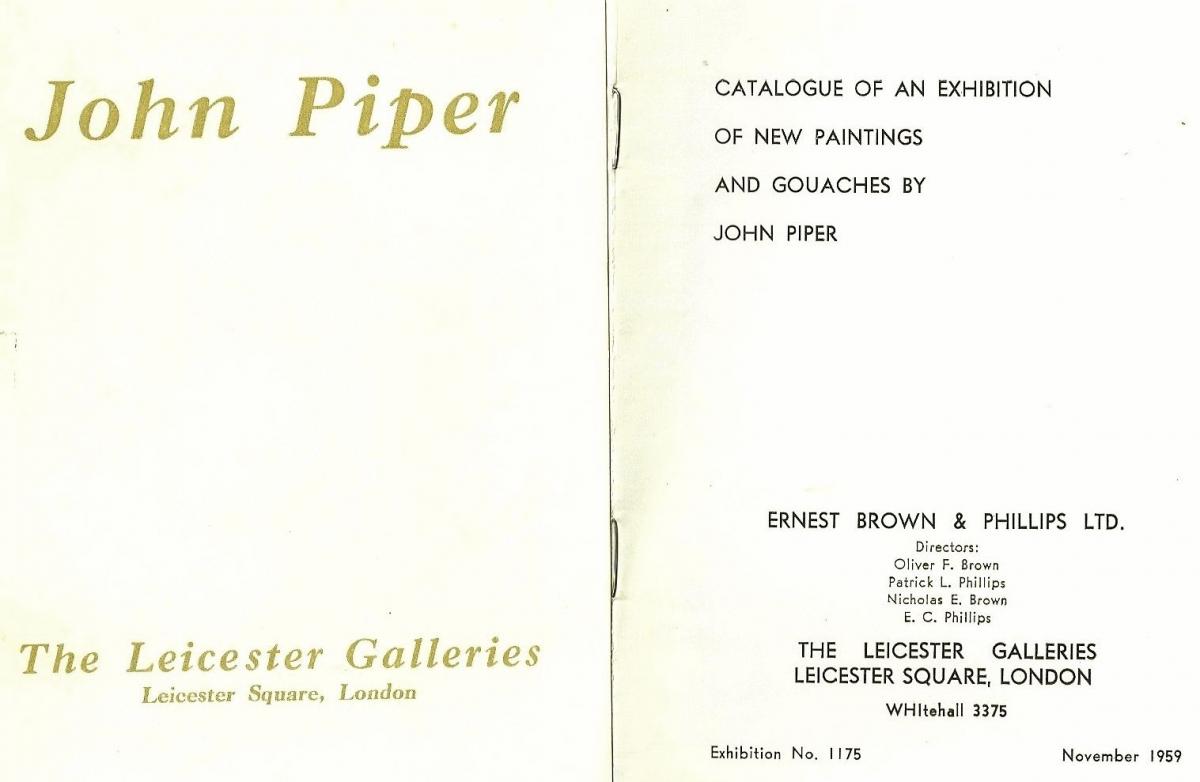
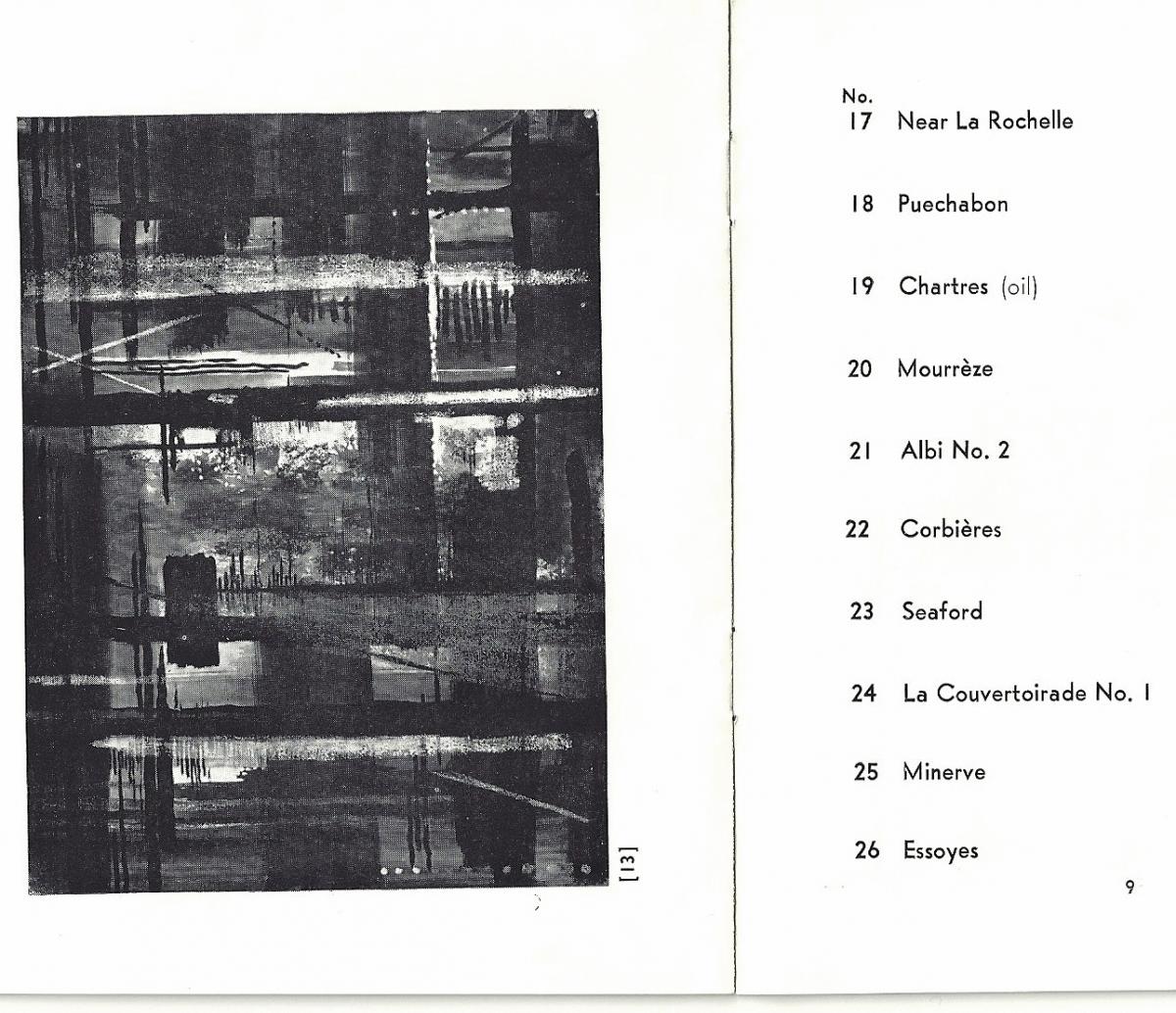
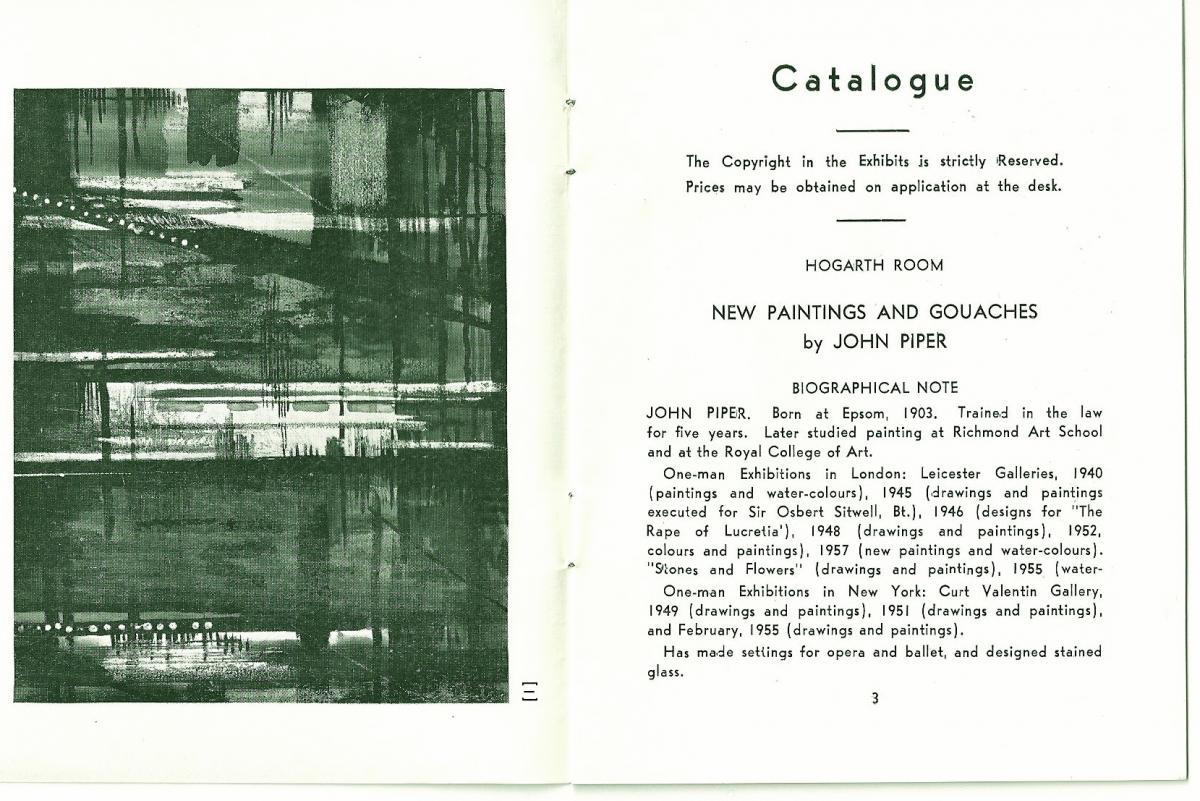
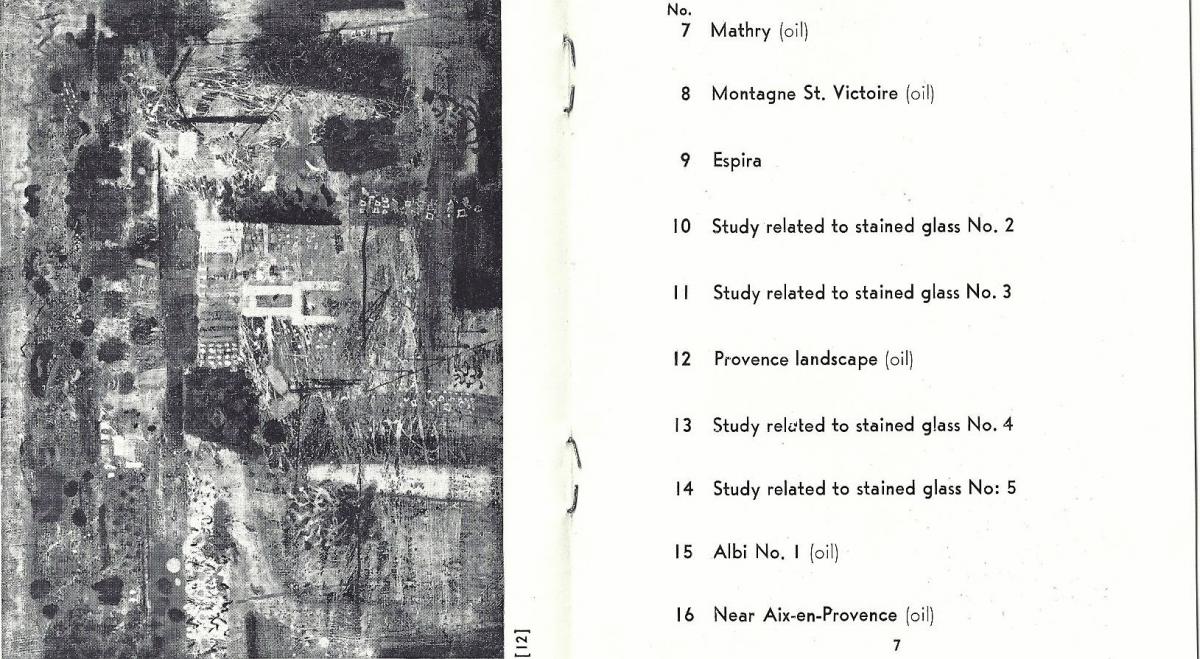
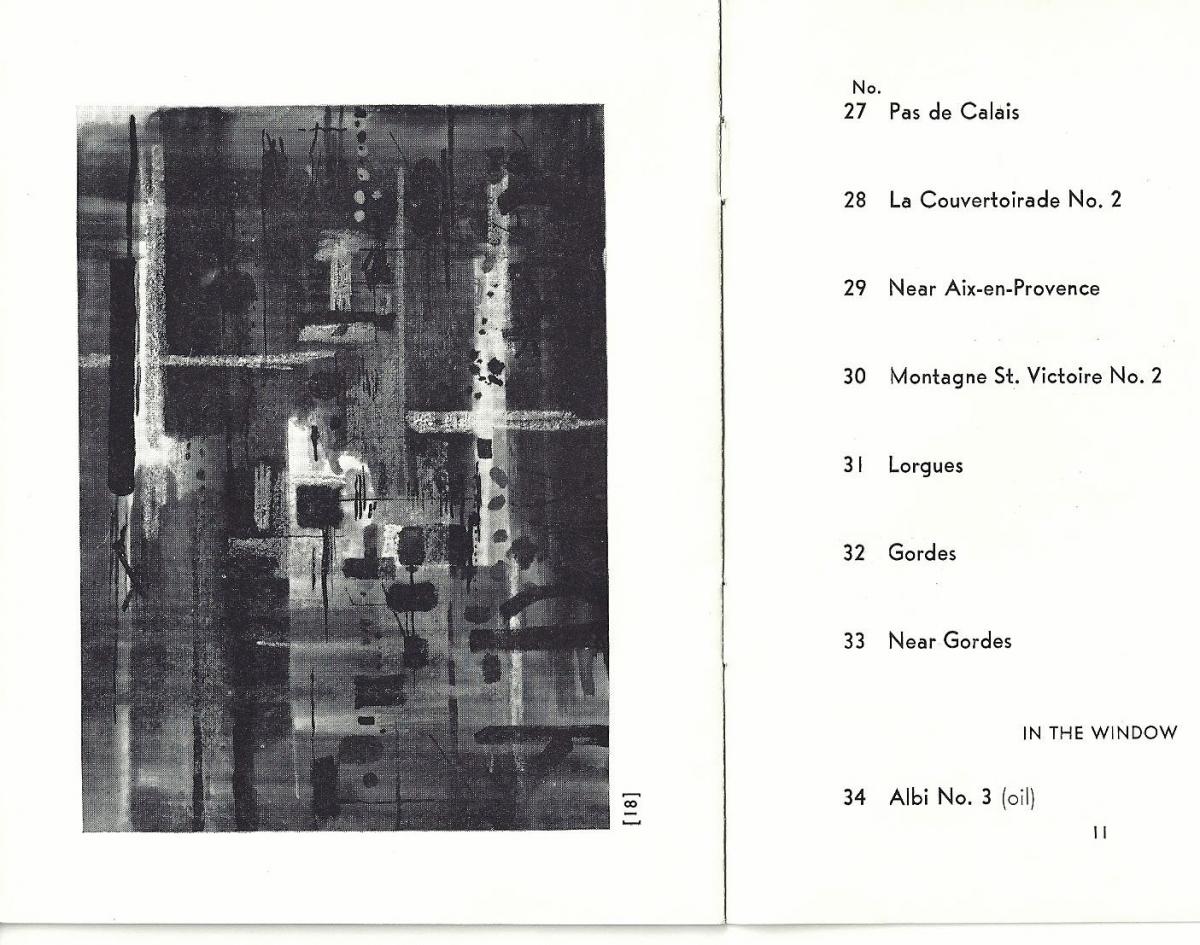
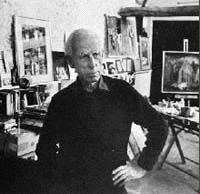
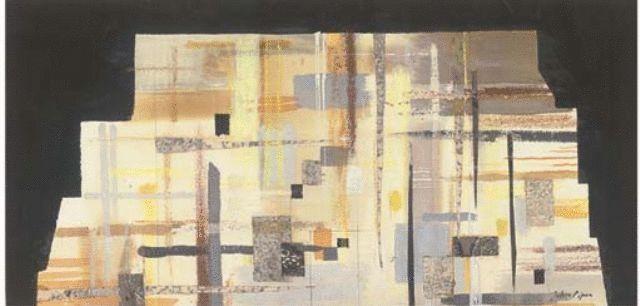
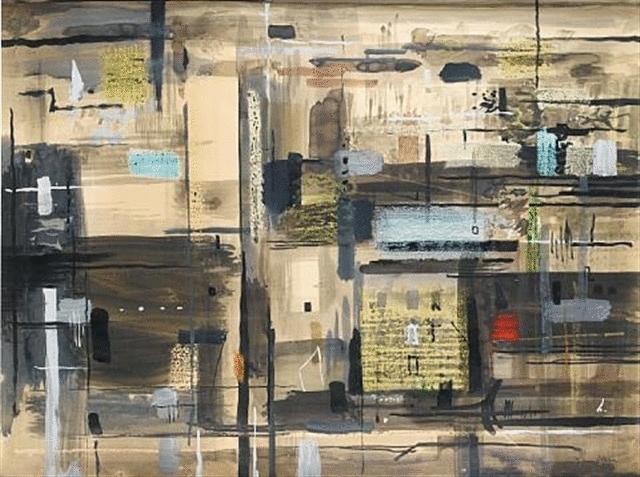
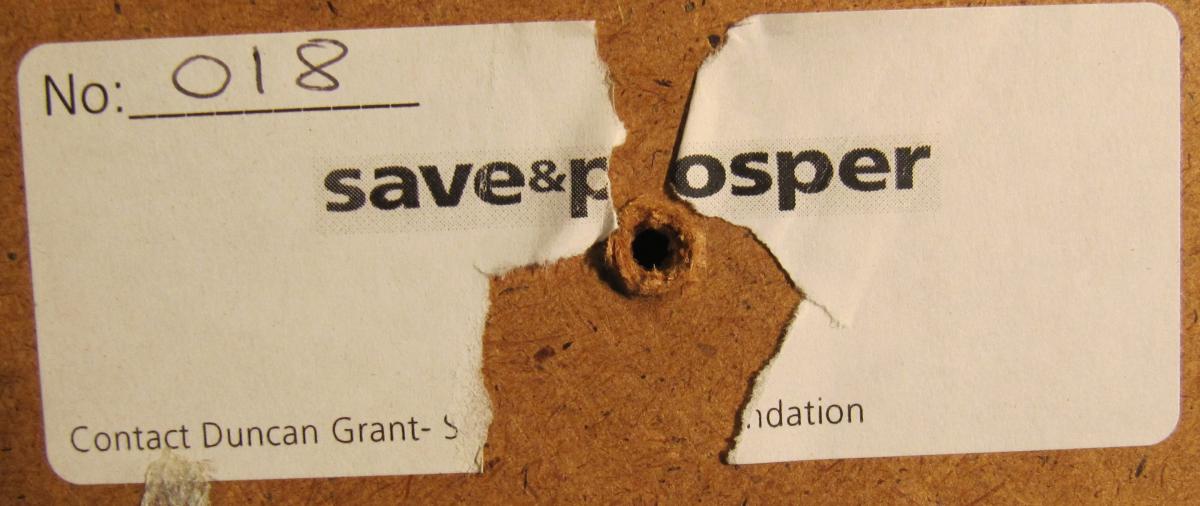
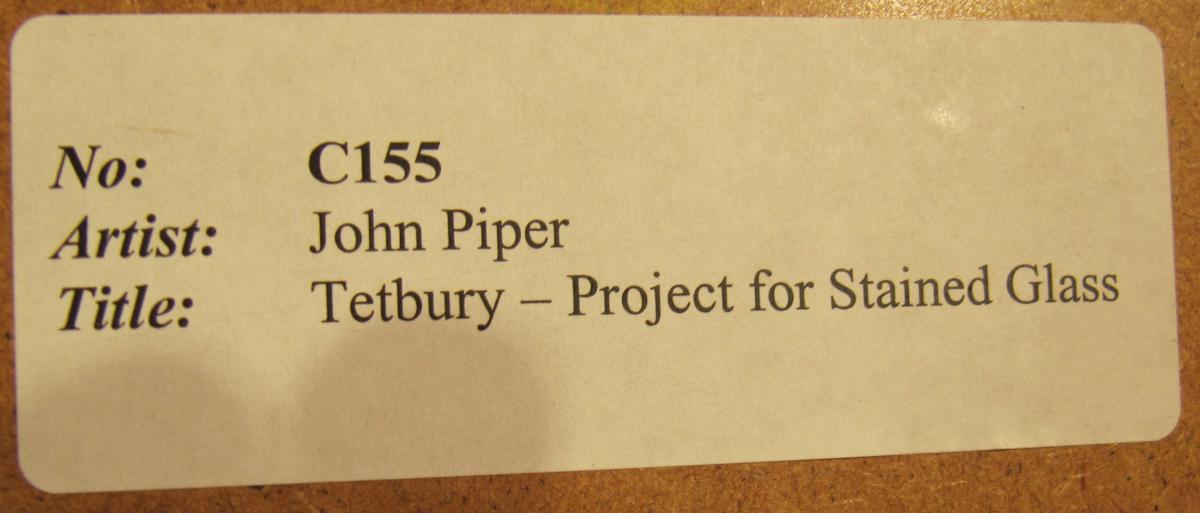
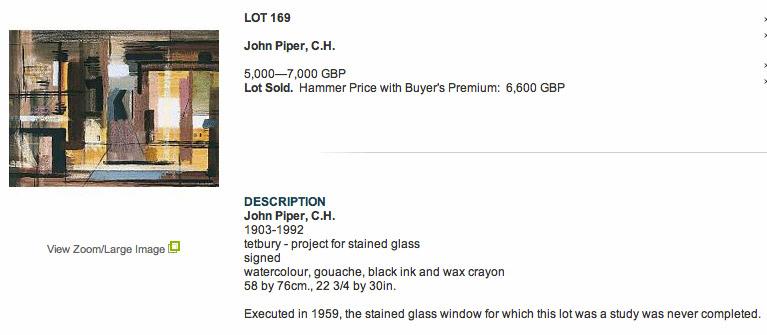
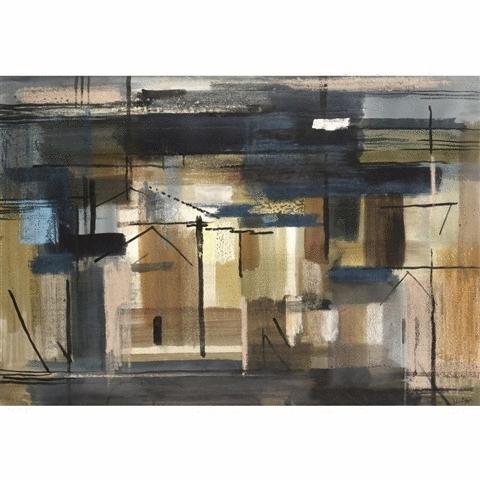
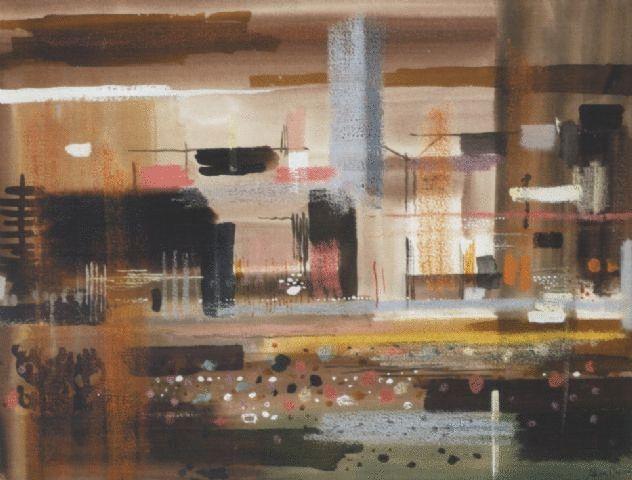
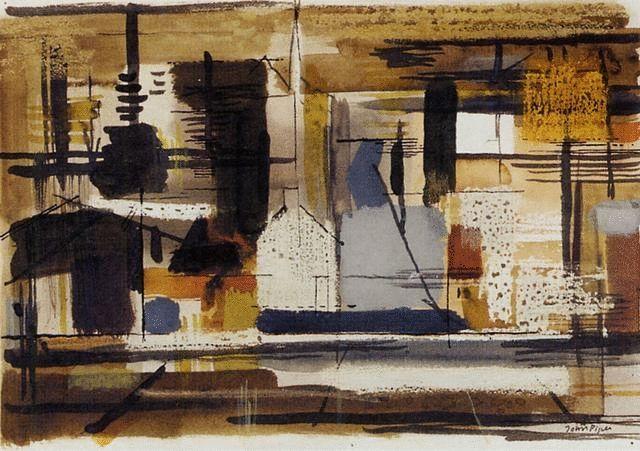
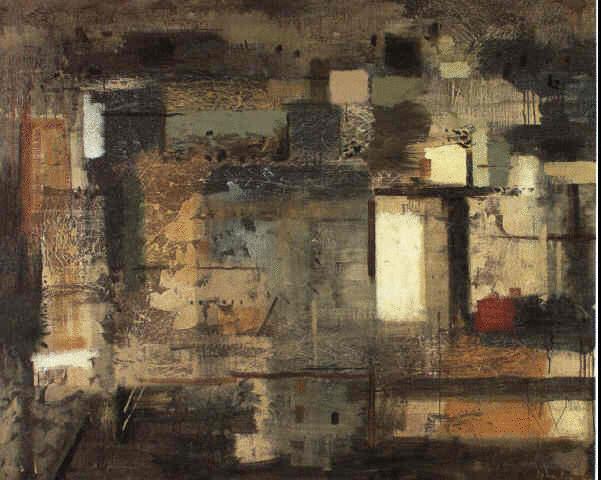
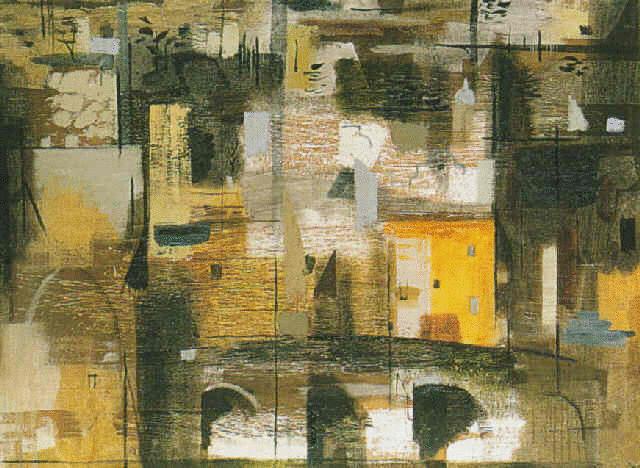
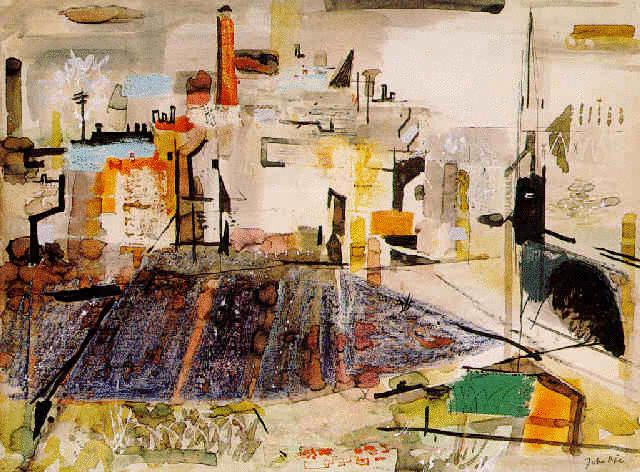
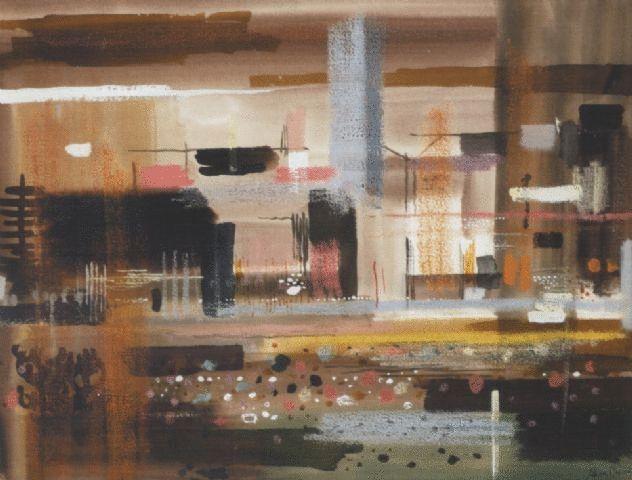
This object is eligible for a Certificate of BADA Provenance
The BADA Standard
- Since 1918, BADA has been the leading association for the antiques and fine art trade
- Members are elected for their knowledge, integrity and quality of stock
- Our clients are protected by BADA’s code of conduct
- Our dealers’ membership is reviewed and renewed annually
- Bada.org is a non-profit site: clients deal directly with members and they pay no hidden fees
John Piper (1903-1992), Tetbury, 1957.
Signed 'John Piper' (lower right).
Ink, watercolour, gouache and pastel.
Executed in 1957.
PROVENANCE : Save & Prosper collection, deaccessioned in 2001, label verso (Sotheby's, Lot 169, 4 July 2001).
Sheet: Height Length.
In an ebonised, moulded frame.
Frame: Height 78 cm, 30 1/2 in. Length 96 cm, 38 in.
This work is one of a series of abstracted topographical landscapes completed by Piper in the late 1950s, the same period that he was working on stained glass commissions for Coventry Cathedral and Oundle College in Rutland.
The movement in Britain to commission high profile artists to design stained glass for sacred buildings echoed the Art Sacré movement in France, which begin slightly earlier but existed concurrently, and within which artists such as Henri Matisse, Fernand Léger and Maurice Denis were involved in the design of windows.
Piper's work was strongly influenced by his stained glass commissions, and the landscapes of the same period reveal techniques and ideas which built on those developed for the glass designs.
In the present work this is manifest in the jewel-tones of the palette, the geometrical awareness of the whole, and in the use of strong black lines and marks as punctuation. The result is felicitous. As Frederic Laws wrote in the Guardian on the occasion of Piper's 1959 exhibition at the Leicester Galleries:
'His colour sense has been freed from the softening effect of our climate and his design has grown bolder. The demands of stained glass seem to have given him the kind of release which comes to some from a conversion to Tachisme, but his eyes and hands have not lost their earlier discipline.'
In the present work Piper uses a broad palette of brown, aubergine and saffron tones enhanced with the use of black ink. The image is composed of geometric shapes with a strong vertical orientation.
Piper uses simplified architectural forms and perspective to suggest buildings (note the lines indicating roofs and the small squares that appear to be windows), telegraph poles, a chimney at the centre of the top edge, and, in the middle of the picture, the central road with a bend at the top of the hill that takes the eye up and into the village. T
hese geometric shapes are punctuated by the marks in black ink that, together with white and light yellow squares produce a sense of depth and three-dimensionality, of light coming through a solid structure.
Bath Road, Tetbury c.1955
A contemporary photograph of Tetbury from the Bath Road confirms that all these elements were present in Tetbury in the mid to late fifties, and establishes the setting of the work.
The painting is related to a second, entitled Tetbury, which has a very similar composition, in particular the central perspective-giving device of the road.
This second painting is much more obviously figurative however, which suggests that Piper's method involved an intermediary stage in order to reveal the level of abstraction and complexity of composition of the present work.
Piper clearly spent a some time painting in the town as there are a number of works extant with related titles. He shared a two-man exhibition with Lynn Chadwick in nearby Gloucester in 1960.
Tetbury (Christie's, 21 November 2003)
The present work is executed mainly in gouache and ink on paper but it has been worked into a highly finished surface, with a wide vocabulary of textures.
Particularly interesting is the subtle use of wax resist to give a stippled effect through layers of colour. Piper's brush strokes are carefully applied to produce a highly satisfying composition in terms of both tonality and form.
The work echoes Piper's more picturesque landscapes of the period, which often featured architectural elements. A 1959 work entitled Nantlle, North Wales shares many formal characteristics with the present work. Other landscapes such as Espira (1959) are more figurative but share a very similar style.
Tetbury, Gloucestershire
Espira
Nantlle, North Wales
Piper was one of the leading artists in the UK abstract painting movement inspired by the work of Paris-based painters, in particular Helion.
Piper became a leading member of the 7 & 5 Society in 1934 and in collaboration with Ben Nicholson, Barbara Hepworth and Henry Moore effectively transformed this traditional group into the modernist referent in Britain.
Piper also co-published the magazine AXIS that sought to promote abstract art in the UK. From the 1940s however Piper increasingly found abstraction to be 'a luxury' and returned to figuration in the tradition of those he himself labelled as 'British Romantic Artists' that included Henry Fuseli, William Blake and Piper's contemporaries such as Graham Sutherland and Paul Nash.
Paintings in Museums and Public Art Galleries : UK
Birmingham Museums & Art Gallery, UK
National Galleries of Scotland, Edinburgh
The Royal Collection, London, UK
United Kingdom Parliament, London
National Museum Wales, Cardiff
Ashmolean Museum at the University of Oxford, UK
Britten-Pears Foundation, Aldeburgh, England
Cheltenham Art Gallery and Museum, UK
Manchester City Art Gallery, UK
Norwich Museums, England
Redland Park Congregational Church, Bristol,
Pallant House Gallery, Chichester, England
Southampton City Art Gallery, England
Tate Gallery, London, UK
The Faringdon Collection at Buscot Park, Oxfordshire, UK
The Hepworth Wakefield, England
The Stained Glass Museum, Ely Cathedral, UK
The Tabernacle, the Museum of Modern Art, Wales
Tyne & Wear Museums, England
Victoria and Albert Museum Catalogue, London, UK
Whitworth Art Gallery, Manchester, UK
Paintings in Museums and Public Art Galleries : Worldwide:
Art Institute of Chicago
Currier Gallery of Art, New Hampshire
Harvard University Art Museums, Massachusetts
Indianapolis Museum of Art, Indiana
Dallas Museum of Art, Texas
Beaverbrook Art Gallery, New Brunswick
Winnipeg Art Gallery, Manitoba
The BADA Standard
- Since 1918, BADA has been the leading association for the antiques and fine art trade
- Members are elected for their knowledge, integrity and quality of stock
- Our clients are protected by BADA’s code of conduct
- Our dealers’ membership is reviewed and renewed annually
- Bada.org is a non-profit site: clients deal directly with members and they pay no hidden fees


